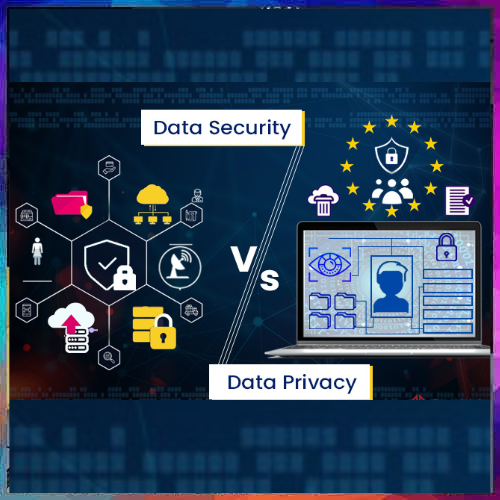
S Mohini Ratna
Editor, VARINDIA
As remote working and digitization are becoming the new normal, we are seeing a great momentum for high-speed 5G adoption in India. 5G, of course, is the next level in wireless communications. Switching from the current 4G network to 5G system is like trading in your jalopy for a sports car. Wi-Fi will continue to be the primary wireless option at home and work, paired with a wireline connection.
The 5G networks that have been popping up around the world can boast data speeds 10 to 100 times faster than 4G technology. The new network promises higher data-transfer rates, lower latency and greater capacity. In other words, 5G will be faster, more reliable and more powerful than its predecessors. According to some estimates, 5G technology, which will process data in gigabits per second rather than in megabits, will eventually be 100 times faster than existing 4G networks.
The Covid-19 pandemic has disrupted every aspect of our lives. It has brought a sudden and massive change in the way we interact and work. The pandemic has also accelerated the pace of technology adoption and has left people wondering about the new normal. From AI and machine learning to digital twins and autonomous technologies, 5G can accelerate the path to everything from self-driving cars and digital health to more resilient, reliable energy grids powered by more carbon-free energy assets like intelligent wind farms.
As per the latest reports, India ranks as the world’s second-largest market in terms of total internet users. There are 624 million internet users in India as of January 2021. Even with these growth patterns, businesses have carried on their continuity plans and have tried to ensure productivity. While remote working is being set as a new normal, it presents various challenges such as lagging IT infrastructure, lack of in-person collaboration, employee awareness and telecommunication.
With the goal to improve efficiency and enable real-time monitoring of machine components like wind turbine blades and patients recovering from a surgery in the hospital or even at home, it transforms business models on how healthcare devices work and how I interact with my doctor. We are seeing momentum for high-speed 5G adoption in India as well. 5G is set to transform India’s future workplace.
There is a strong need to help raise awareness on the technological advancements happening in the sphere of internet and communication that can bring about the betterment of society. As the test bed will have 5G radio antennas connected to a robust radio access network (RAN), it will allow the researchers to design and test 5G-enabled technologies for use in healthcare, transportation, energy and other industries.
Most of the buzz surrounding 5G so far has focused on consumer benefits. Greater efficiencies are expected, thanks to increased speeds and more data, and functions as varied as recruiting, collaboration and remote work likely will be affected.
5G is expected to be the gamechanger, with this the technology ensures that employees stay connected anytime and from anywhere around the world. It brings in ultra-high quality, low latency video, augmented and mixed reality experiences, deep threat intelligence and cyber-attack mitigation. It will make remote work more feasible with high-speed internet, video conferencing and other technologies that support workforce productivity. It could effectively upgrade the speed of networks, which would mean faster downloads, streaming speeds, enhanced conference calls and enabling multiple devices to work simultaneously.
Experts say, 5G will create and enable real-time co-worker interactions and collaborations within the enterprise ecosystem. It could give way to augmented reality-based meetings, private network access, and cloud-based applications from mobile devices and corporate laptops. Essentially, it can empower the remote workforce like never before, while the employees could continue to work physically from different locations across the world.
At the same time, there are rising concerns over security. With an exponential rise in the number of devices to be powered by 5G, the likelihood of vulnerability to cyberattacks can also increase correspondingly. Cyberattacks against applications and infrastructure used by employees to access corporate resources have continued to rise over the past year as businesses moved to remote working models. A report states, the year 2020 saw 193 billion credential stuffing attacks globally, indicating that systemic disruption remains an objective for criminals, who target services and applications required for day-to-day business. Advanced cyberattacks such as Distributed Denial-of-service and Phishing attacks could make a system more vulnerable.
Secondly, talking about the future of the workplace- 5G, AI, IoT, automation, and robotics are introducing new challenges for mobile communications service providers, and integrating artificial intelligence (AI) techniques into networks is one way the industry is addressing these complexities.
Going forward, as more workloads become digitized and shift to the cloud, companies have even greater incentive to rethink their physical footprint. The 5G network is set to power the world with further enhanced experiences, faster communication, and a secure IT ecosystem. With IT modernisation accelerated by the pandemic and cloud computing moving towards Edge computing, the advent of 5G is sure to redefine the workplace of the future.
Lastly, the most surprising thing is that many business and technology executives underestimate the disruptive potential of 5G technology. There's clearly a lot of work that needs to be done to educate both business and IT leaders, because 5G is a revolution, not an evolution.
See What’s Next in Tech With the Fast Forward Newsletter
Tweets From @varindiamag
Nothing to see here - yet
When they Tweet, their Tweets will show up here.





























